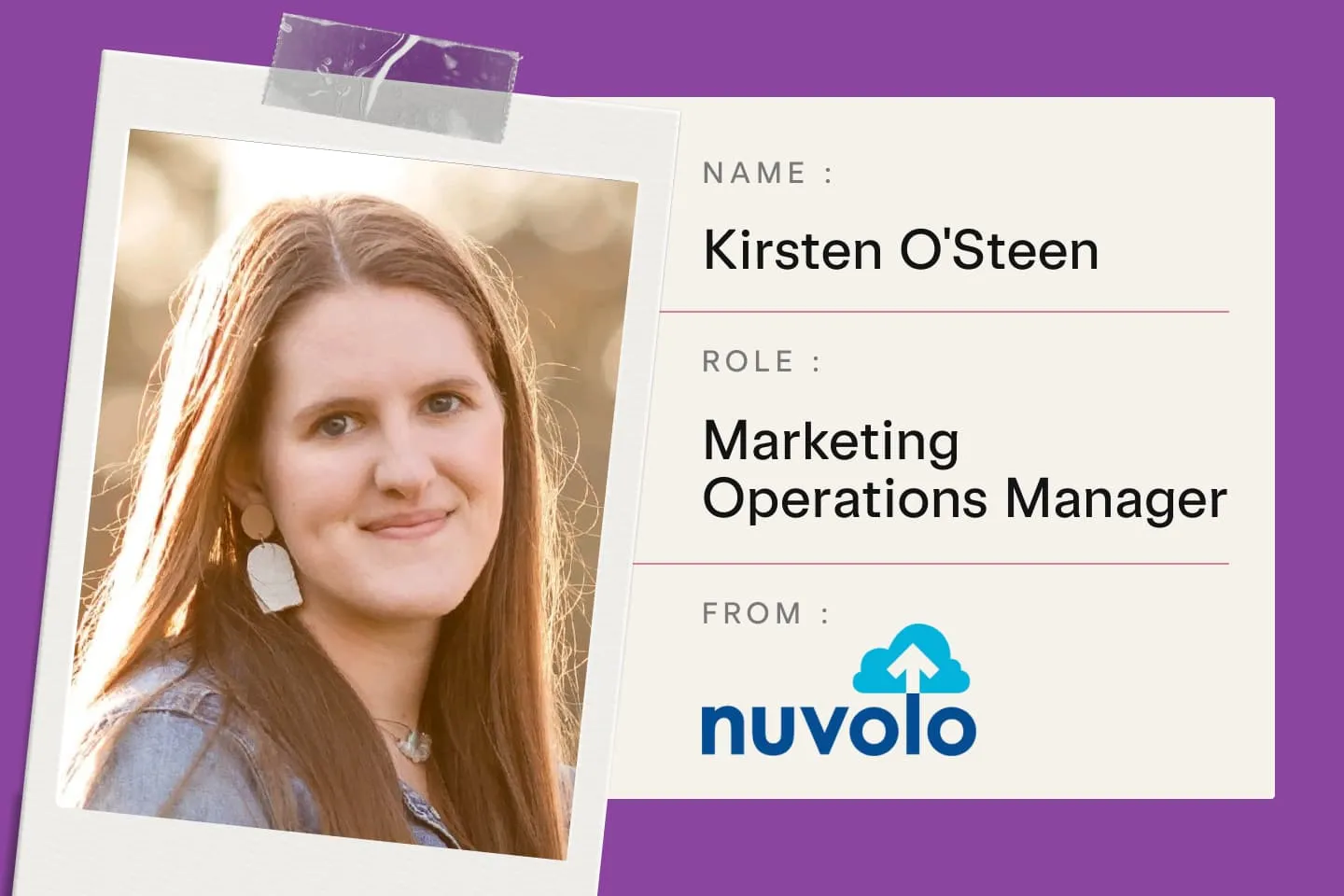Justin Rowe's Linkedin Ads Dashboard
How does LinkedIn ads specialist, Justin Rowe, measure LinkedIn ad campaign performance?
What does this dashboard measure?
This dashboard measures:
- Overall performance by source - all channels
- Cost per call booking trends
- LinkedIn ad creative performance
- Incremental lift of LinkedIn campaigns
- Won deals with LinkedIn ad impressions
- LinkedIn campaigns that influenced won deals
- Account journeys of high-intent buyers who saw LinkedIn ad impressions
How can I use it?
This dashboard will help you:
- Measure LinkedIn’s contribution to revenue
- Determine which LinkedIn creatives perform best
- See which campaigns produce customers even if they don’t click on ads
- Optimize LinkedIn paid campaigns and creative for downstream metrics like pipeline
LinkedIn ads dashboard breakdown
Justin Rowe uses this dashboard to gain instant visibility into what works and what doesn’t with his LinkedIn ads. He can even drill down into which people saw LinkedIn ads and didn’t click but converted through direct traffic later.
The result? Now he can report on the true impact of LinkedIn ads, not just those that click on ads and convert immediately. Let’s break it down.
Overall paid performance by source
Before drilling down into LinkedIn, Justin compares LinkedIn performance to every other source using an overall performance report.
At a glance, he can see how LinkedIn measures up to other sources of revenue. Columns include:
- Source
- Visitors
- MQLs
- Total spend
- Impressions
- Cost per click (CPC)
- Call bookings
- New purchases
- Cost per meeting
- Cost of acquiring a customer (CAC)

Cost per call booking trends
Justin monitors total spend across all channels vs. total bookings to create a baseline for marketing spend per booked meeting. Understanding cost per call by channel helps him understand which marketing levers to pull each month. But he’s not just interested in static data; he wants to see trends.
While static numbers work great to spotlight total spend in the last month or quarter, line graphs work great to visualize historical trends over time- which is why Justin prefers line charts for booking from paid sources, cost of acquiring a new customer (CAC), and cost per booking.

LinkedIn ad creative performance
How does Justin know which LinkedIn creative resonates most? He pulls individual creative into its own dashboard where he can measure spend, cost per deal, impressions, deals created, clicks, and cost per lead on a per creative basis.

LinkedIn ad impression and engagement influence
The truth: most people don’t click on ads, even if they see them. But how can you tell if your LinkedIn ads influence won deals if people don’t click on them? LinkedIn impressions and engagements.
In HockeyStack, we track LinkedIn ad impressions and engagements at the account level so you can see who watches, likes, sees, shares, or comments on ads, then converts later.
For example, say you run a demand generation campaign focused on in-feed education using short-form videos. By tracking impressions and engagements (views, shares, comments, likes), we can see who watches those ads and converts later, even if they never click on them.
Now you can prove LinkedIn’s true contribution more accurately (and get buy-in to scale spend). In the screenshot below, the first report shows won deals with LinkedIn ad engagements. That means all closed/won deals in your CRM that either clicked, watched a video, commented, liked, or shared your LinkedIn ad, then converted into a customer later.
By tracking won deals and their LinkedIn engagements, you can easily see which accounts (companies) were influenced by LinkedIn ads and which weren’t. For example, if an account had 141 engagements (clicks, watches, likes, comments, shares) between the buying committee, then turned into a customer later, you can confidently deduce that LinkedIn played a major role in the sale.
The second report shows which LinkedIn ad campaigns had the most influence on won deals. By tracking average impressions per account by campaign, you can see which campaigns have the most influence on deals. For example, if you sort by “average impressions per account,” you can see which accounts have 0 and which have hundreds or even thousands.

LinkedIn conversion lift
Lift is a unique feature inside HockeyStack that allows you to measure incremental lift of ad campaigns using a control group and treatment group. Incrementality refers to sales that are directly attributed to a marketing activity.
Why does this matter? Not every channel or tactic is incremental. In other words, you can spend money on certain activities, but sales would have happened anyways, in which case you could have saved your money and repurposed it elsewhere.
For example, say you spend $10K per month on branded search terms via Google. How incremental is that spend?
Typically, not very incremental. That’s because branded search terms appear for queries with clear brand awareness. They’re navigational queries from people who know you already, not research queries from people looking for new vendors. Consequently, a good portion of buyers who come through branded ads would have bought from you anyways, even if you didn’t run those ads. Therefore, making your branded search activity minimally incremental.
To measure incrementality, you need three things: a control group (people who don’t see the variable), a treatment group (people who do see the variable), and a KPI you want to measure against.
In the example below, the variable is LinkedIn ads, and the KPI is deals created. In other words, we want to measure the incremental impact of LinkedIn ads on deals created. In HockeyStack, we make this super easy.
After you set your KPI and choose your variable, we create a retroactive control group of similar buyers who didn’t see LInkedIn ads, then measure two things: how many buyers in the control group still booked demos vs. how many buyers in the treatment group booked demos.
Then we measure the increase in conversions (lift) of the treatment group over the control group to determine incrementality. In the example below, the MENA | Cold | Video | Tier 4 campaign produced a 7.61x lift on deals created compared to the cohort of deals created who didn’t see the campaign.

Account-level journeys that include linkedIn ad impressions
Last, account-level journeys (multi-touch attribution) let you drill down into the individual journeys of each member in the buying committee. Literally, see each trackable encounter each person from a company had with your marketing activity.
Justin Rowe creates a custom segment of journeys inside HockeyStack specifically for accounts with LinkedIn ad impressions. This lets him do two things fast:
First, he can prepare for meetings by seeing which content and messages everyone in the company has engaged with. For example, say a specialist books the demo but a VP attends the demo, he can see the VPs journey before the meeting.
Second, he can use this segment as a filter for any of his other reports and dashboards. For example, he can add this segment as a filter over his CAC, cost per booking, or total spend reports to see each of those respective metrics just for buyers with LinkedIn ad impressions.

Learn more about how HockeyStack helps marketing, revenue, and sales teams surface and action insights like the ones in this template by exploring the interactive demo or booking a virtual demo.

About the Marketer
About: Justin Rowe is the founder and CMO of Impactable, a Linkedin ads agency specializing in Linkedin marketing for B2B companies. With nearly 70K followers on Linkedin, Justin is best known for his LinkedIn ad campaign breakdowns and paid media demand generation tips.
Website: Impactable.com
Connect on LinkedIn: Justin Rowe



